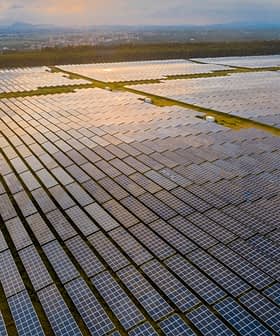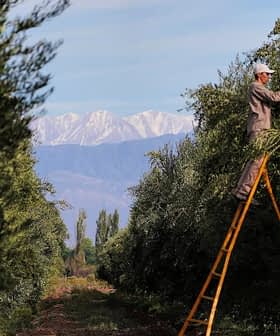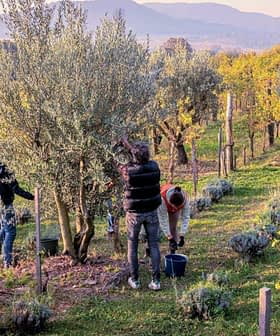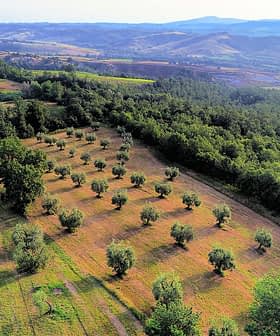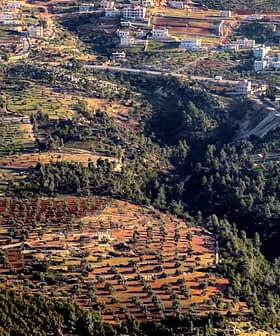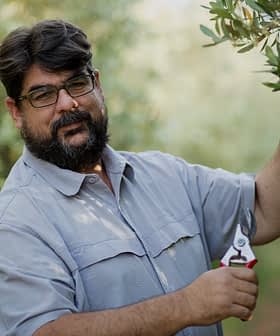New Zealand Growers' Hopes Not Washed Away by Heavy Rains
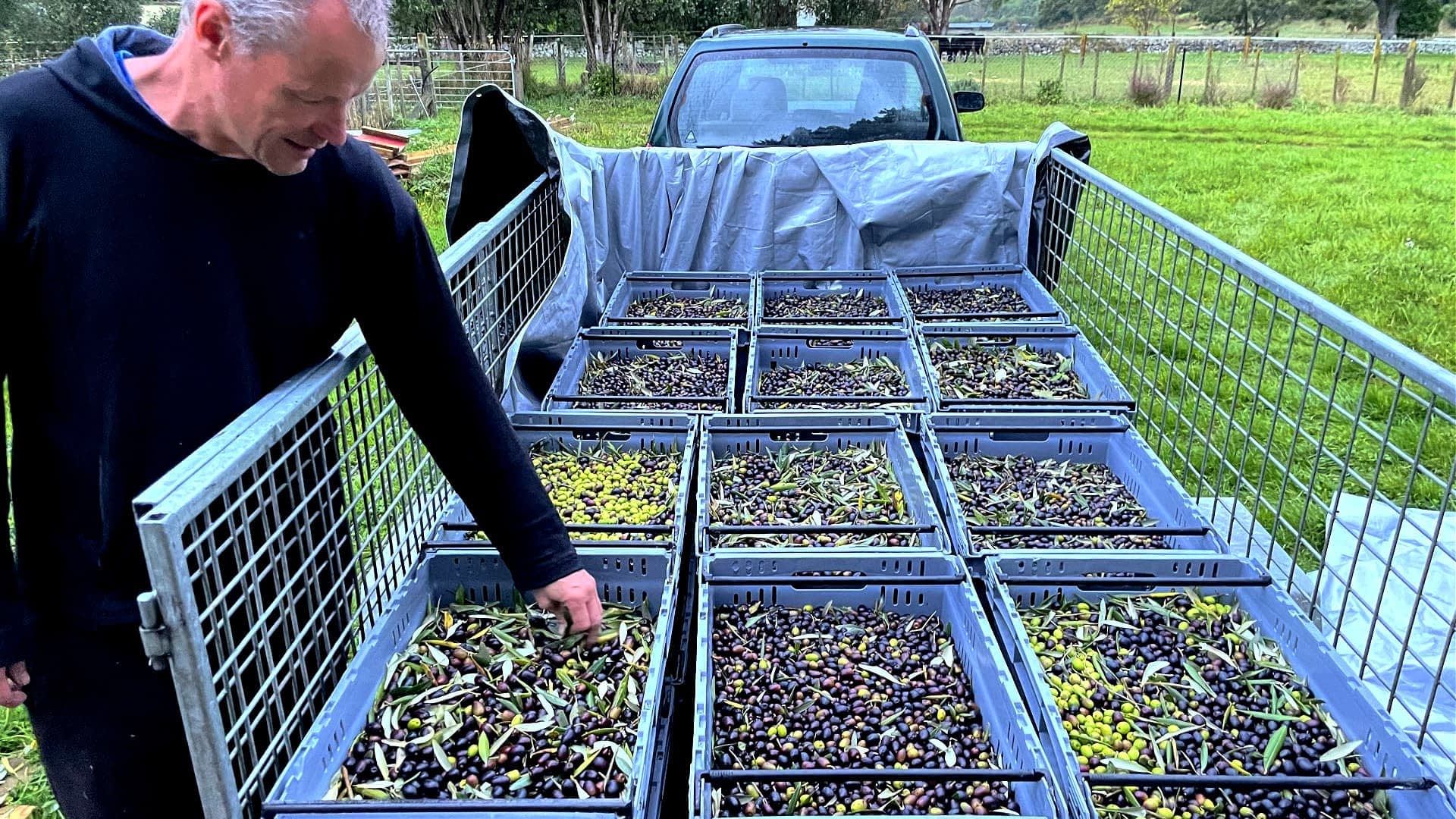
New Zealand’s olive farmers have started harvesting later than usual due to significant rainfall, with some areas facing challenges from Cyclone Gabrielle. While some producers are expecting a decrease in harvest compared to last year, others, like Kapiti Olives and Juno Olives, are anticipating a more promising yield due to better weather conditions during flowering and fruit set.
New Zealand’s olive farmers started harvesting late last month, and although many producers look forward to a bountiful yield, they have been affected by the significant rainfall in recent months.
Emma Glover, Olives New Zealand’s executive officer, said the first groves in the country’s Northland region started harvesting in late March. While most of the country’s harvest usually runs through May and June, she said the season is running two weeks later than usual this year.
Well-maintained groves, with good pruning and spraying management, are more resilient and therefore have withstood the weather better and should have a moderate season.
Based on what she has heard, Glover said the 2022/23 harvest would be down on last year’s, which was down on the 2020/21 crop year. “New Zealand had its second wetter-than-usual summer in a row,” she said.
“Well-maintained groves, with good pruning and spraying management, are more resilient and therefore have withstood the weather better and should have a moderate season,” Glover added. “Groves that are not so well-maintained look somewhat shabby and tired, resulting in a mixed harvest across groves.”
See Also:2023 Harvest NewsShe said some pockets of the country have been drier and are looking forward to a better harvest than last year, provided they can maintain adequate sunshine hours in April.
“Other areas have been impacted by Cyclone Gabrielle, which has caused flooding in groves, wind damage to trees and infrastructure damage to areas,” Glover said. “Being such a wet season, many groves found it difficult to maintain the spray cycles. Disease, particularly anthracnose, will need to be monitored closely pre-harvest.”
She said smaller groves would face challenges with the availability of pre-booked harvesters and mills if harvest dates need to change due to disease. “Infrastructure damage post-Cyclone Gabrielle will create challenges for some groves to get harvesters and fruit on and off the properties,” Glover confirmed.
However, Diana Crosse, co-owner of Kapiti Olives on the Kāpiti Coast north of Wellington, said the floods and winds that Gabrielle brought to large parts of the country missed them.
She told Olive Oil Times they expect to harvest at the end of May into early June, around the same time they traditionally harvest.
“Weather dependent, of course,” Crosse added, “as last year we were delayed for three weeks due to a very wet spell.”
“The trees now need sunny autumn days leading into harvest,” she said. “We are busy dealing with water shoots, making sure our bird scarers are ready to go, all in preparation for our harvest,” she said.
Crosse predicted the harvest would decrease by up to 25 percent from last year. “The whole grove had a very heavy prune – about 30 percent – to manage the size of the trees for both height and light,” she explained. “We also had some pollination interruption in our Koroneiki block, probably due to heavy rain for a week,” she said.
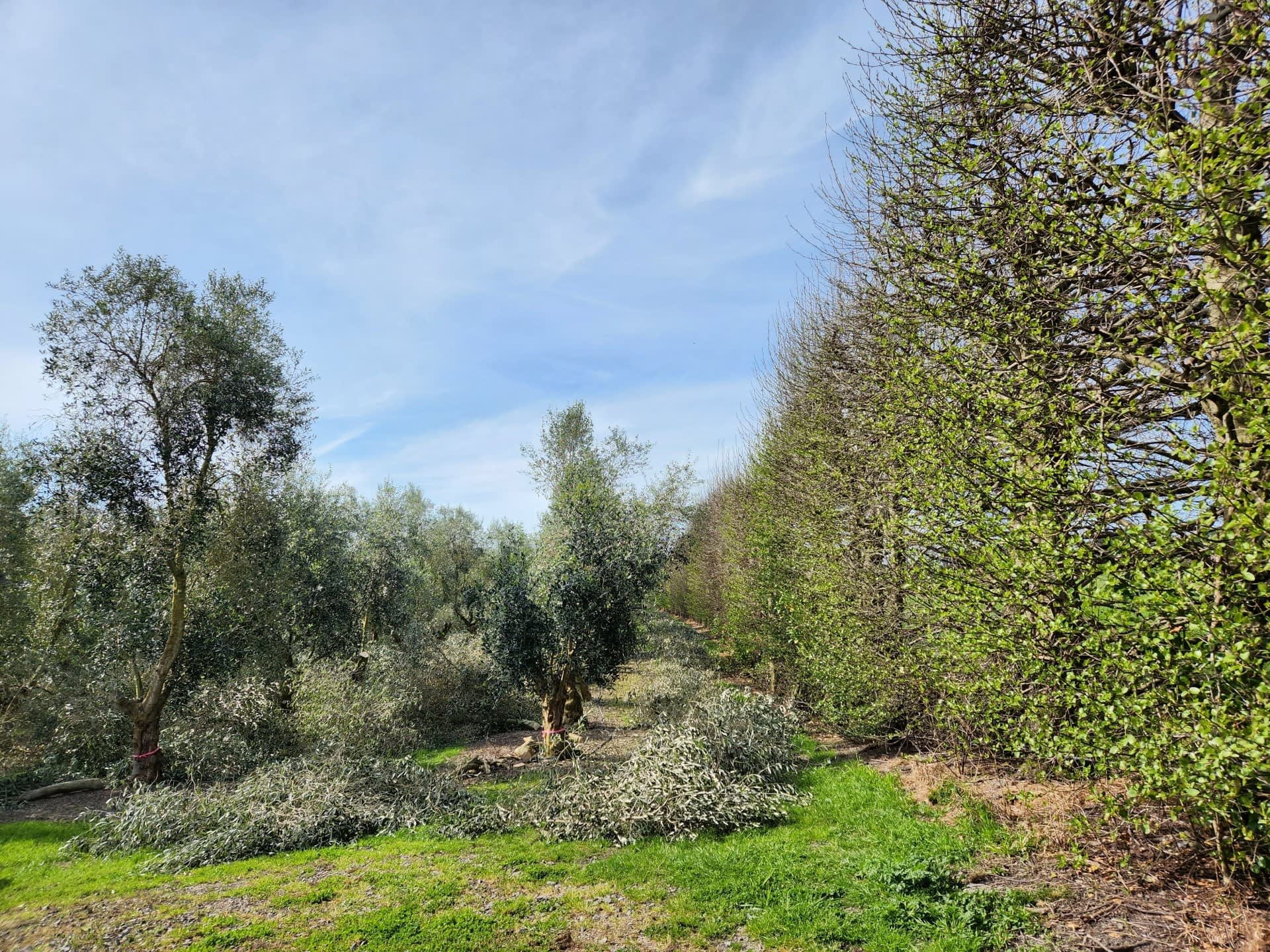
(Photo: Kapiti Olives)
Along with Kapiti Olives, the producers at Juno Olives from the Wairarapa region on the North Island are getting ready to harvest around the same time.
“We would expect to start in early June, depending on weather,” co-owner Andrew Liley said. “The harvest is looking more promising than last year for all varieties, with better weather around the time of flowering and fruit set than last year, as well as being our ‘on-year’ [in the olive trees’ natural alternate bearing cycle].”
“With a wetter than normal summer, we need a bit of drier, sunnier weather to see some ripening happening,” he added. “I’ve only been growing olives for the last three years, so I am unsure if ripening will be later or we will be harvesting predominantly green fruit.”
“The wet year has made keeping on top of disease in the trees a bit problematic,” Liley continued, “but on the whole, we could be in a much worse position given what happened with the cyclone in Hawkes Bay.”
Another producer from the North Island, Loopline Olives, is due to start harvesting in late July.
“The trees are laden with fruit, but we have and continue to have an incredibly wet summer,” owner Stephen Davies Howard told Olive Oil Times. “It will be interesting to see the effect on the oil when we harvest.”
Also from the North Island, Margaret Hanson, who co-owns Blue Earth in the Wairarapa region, told Olive Oil Times they are excited about this year’s harvest.
“It looks bigger than last year, our biggest yet,” she said. “It has been satisfying to see the grove grow in productivity and generally avoid any significant biennial bearing.”
The team at Blue Earth is due to start harvesting in mid-June. “This is a little later than the last few years,” she said. “Our projected harvest dates for our vineyard are back to where they were 10 years ago, so we are guessing that our olives may be similar.”
Hanson said the weather remains their main challenge. “It has been a very wet season,” she confirmed, “although the rain is slowing somewhat now.”
“It has been hard work to keep on top of the spraying, but so far, it has worked, and we don’t have any significant disease,” Hanson added. “We now just want it to dry out, so the fruit is not loaded with water and to help concentrate the flavors.”
Ross Vintiner, co-owner of Dali Estate, also located in the Wairarapa region, plans to start harvesting earlier than Blue Earth.
“Dali Estate begins harvesting mid-May, earlier than most in Wairarapa, to gain higher healthful phenolic compounds, lower the risk of frost, and produce a dynamic flavor profile,” Vintiner explained.
“Due to challenging rain and cool spring weather, our flowering and fruit set was compromised for Picual and Kalamata, although our Tuscan and Greek varieties look promising, better than last year,” he told Olive Oil Times. “Fruit is full, and there are early signs of good oil accumulation, and Brix readings indicate the usual high polyphenol levels in Dali oils.”
Brix readings
Brix readings are a measure of the sugar content in a liquid, typically in the context of measuring the sweetness of fruit juice, wine, or other beverages. The Brix scale is based on the refractive index of the liquid, which changes in proportion to the amount of dissolved sugar. Brix readings are expressed as a percentage, and a higher Brix reading indicates a higher sugar content. In agriculture and food production, Brix readings are often used to determine when fruits or vegetables are ripe enough for harvest or to monitor the progress of fermentation in wine or beer-making.
“Variable weather and birds are always challenges at harvest,” Vintiner added, “especially for a biodynamic and organic grove. Thankfully, the Dali team is ready to go, and our markets continue to grow. We’re looking forward to this harvest, followed by a bumper crop next year.”
Like Vintiner, the co-owner of Totara Tunnel Olives on the Kāpiti Coast, Sally Murrey, listed the weather as a possible challenge.
“Always hard to predict; we’ve had some very volatile weather in New Zealand,” she said. “[There have been] severe cyclones in some parts of the country – our region has not been impacted – but other olive growing regions have.”
Murrey told Olive Oil Times they plan to start harvesting at the end of May, depending on the weather. She predicted their harvest would be better than last year’s based on the fruit set of their trees. “We always hope for no early frosts,” she said.



